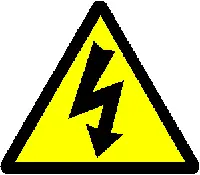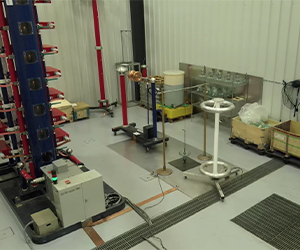Inrush Surge Current
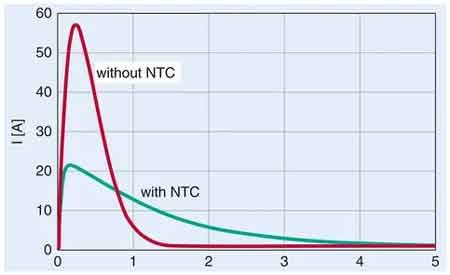
Power Quality Analysis Training
Our customized live online or in‑person group training can be delivered to your staff at your location.
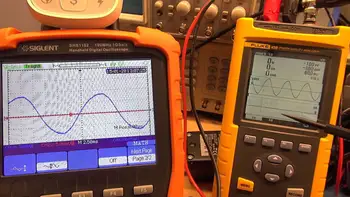
- Live Online
- 12 hours Instructor-led
- Group Training Available
Download Our OSHA 4475 Fact Sheet – Being Aware of Arc Flash Hazards
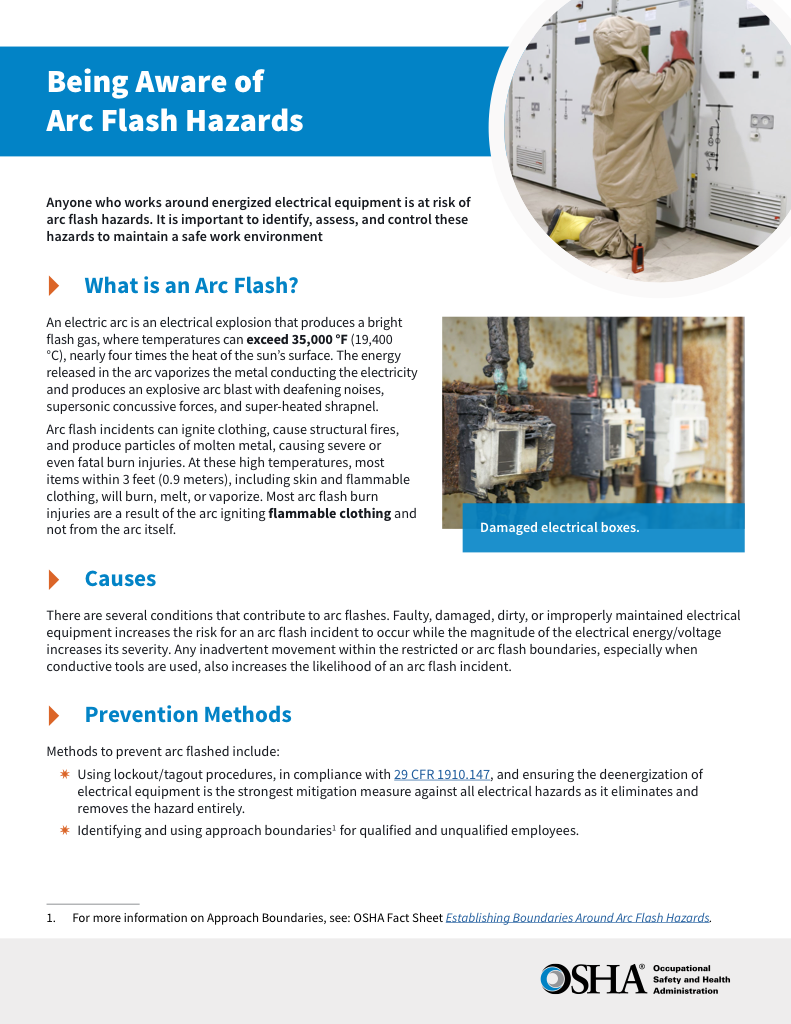
- Identify root causes of arc flash incidents and contributing conditions
- Apply prevention strategies including LOTO, PPE, and testing protocols
- Understand OSHA requirements for training and equipment maintenance
Inrush surge current is the initial spike of electrical current when equipment is powered on. It can exceed normal operating current and cause tripping, component stress, or voltage drops without proper circuit protection and design.
What is Inrush Surge Current?
It refers to the sudden, high electrical current drawn by electrical devices at the moment of startup. This transient condition typically occurs in motors, transformers, or capacitive loads.
✅ Protects devices by identifying peak startup current
✅ Critical for designing circuit breakers and fuses
✅ Helps avoid nuisance tripping and equipment damage
Power Quality Analysis Training
Request a Free Power Quality Training Quotation
Simply put, inrush surge current is a critical concept for electrical professionals to understand. This sudden spike in current, often occurring when a device is first powered on, can have significant implications for the design, operation, and safety of electrical systems. By understanding the causes and effects of inrush current, professionals can better protect equipment, prevent circuit breaker trips, and ensure the reliable performance of electrical installations. This article explores the five key aspects of inrush current, providing valuable insights into its origins, impacts, and mitigation strategies. Understanding the behavior of capacitive components during startup is essential when working with capacitive load scenarios, as they often trigger high inrush surge currents.
The amount of inrush current experienced in a system can vary significantly depending on the types of devices connected to the input line. DC-DC converters, for example, often exhibit high inrush currents at turn-on due to the charging of input capacitors. This input surge, also known as switch-on surge, can be several times larger than the normal operating current. Understanding the factors that influence the magnitude of inrush current is crucial for selecting appropriate protective devices and ensuring the stability of the electrical system. Inrush current contributes to real, reactive, and apparent power imbalances, which can be analyzed using our power factor formula guide.
Test Your Knowledge About Power Quality!
Think you know Power Quality? Take our quick, interactive quiz and test your knowledge in minutes.
- Instantly see your results and score
- Identify strengths and areas for improvement
- Challenge yourself on real-world electrical topics
Capacitor Charging
One of the main causes of inrush current is the charging of capacitors. Think of a capacitor like an empty bucket. When you first turn on a device, the capacitor is like that empty bucket suddenly placed under a running faucet. It takes a large amount of initial water (current) to fill the bucket quickly. Similarly, capacitors require a high initial current to charge up to their operating voltage. This rapid influx of current is what we call inrush current. Once the capacitor is charged, the current flow decreases to a steady state. To better understand how PF is calculated, visit our detailed guide on the Power Factor Formula, which breaks down the relationship between real, reactive, and apparent energy.
Transformer Inrush
Transformers, especially those with toroidal cores, are notorious for generating significant inrush currents. When a transformer is initially energized, the magnetic flux in its core needs to establish itself. This process can draw a surge of current that is many times greater than the transformer's normal operating current. The peak inrush current can be particularly high if the transformer is energized at the peak of the AC voltage waveform. This phenomenon is a major concern in power systems and can even lead to the tripping of circuit breakers. For more information, refer to Power Factor Correction.
Motor Starting Current
Electric motors also exhibit high inrush currents when they start. An electric motor at rest acts like a short circuit, drawing a large current to overcome inertia and begin rotating. This high starting current can be several times the motor's rated running current. Soft start mechanisms and motor starters are often used to limit this initial surge and protect the motor and associated circuitry. Motor startup conditions that produce inrush current also affect motor power factor, impacting the efficiency and stability of industrial operations.
NTC Thermistors
A common solution for mitigating inrush current is the use of NTC thermistors. These clever components have a high resistance when cold, which limits the initial surge of current. As current flows through the NTC thermistor, it heats up, causing its resistance to drop dramatically. This allows the normal operating current to flow once the device is running. NTC thermistors are widely used in switching power supplies and other electronic devices to provide effective inrush current protection.
Circuit Breakers and Fuses
High inrush currents can pose a challenge for protective devices like circuit breakers and fuses. These devices are designed to interrupt the flow of current when it exceeds a safe level. However, they need to be able to distinguish between a temporary surge, like inrush current, and a sustained overload. Inrush current limiters can be employed to reduce the magnitude of the surge, preventing unnecessary tripping of circuit breakers and ensuring reliable operation of the electrical system.
Frequently Asked Questions
What is it in transformers?
In transformers, it is the initial high current drawn when the transformer is first energized, caused by the establishment of the magnetic flux in the core.
How do you calculate it?
Calculating inrush current can be complex and depends on the specific device. Factors like capacitance, inductance, and resistance play a role. Often, manufacturers provide estimated values or formulas in their datasheets. To evaluate the impact of inrush events on overall power performance, a power quality analyzer can detect disturbances that standard meters may miss.
What causes inrush surge current?
It is primarily caused by the charging of capacitors and the establishment of magnetic fields in inductive components like transformers and motors.
Sign Up for Electricity Forum’s Power Quality Newsletter
Stay informed with our FREE Power Quality Newsletter — get the latest news, breakthrough technologies, and expert insights, delivered straight to your inbox.
Will an inrush current trip a breaker?
Yes, excessive inrush current can certainly trip a circuit breaker if it exceeds the breaker's trip threshold.
What is the inrush current surge?
The inrush current surge refers to the initial high peak current that flows when a device is first turned on.
Inrush current is a critical phenomenon in electrical systems, characterized by a temporary surge of current that occurs when a device is first powered on. This surge can be significantly higher than the steady-state current and can have detrimental effects on equipment and protective devices. Understanding the key contributors to inrush current, such as capacitor charging and transformer inrush, is essential for electrical professionals. By implementing appropriate mitigation strategies, such as using NTC thermistors and soft-start mechanisms, the impact of inrush current can be effectively managed, ensuring the reliable and safe operation of electrical systems.
You can explore the fundamentals of voltage, current, and waveform integrity in our complete Power Quality Channel for more insights into system-wide electrical behavior.
Related Pages






